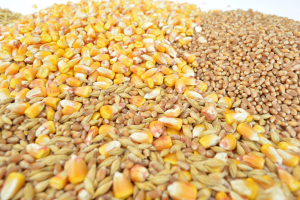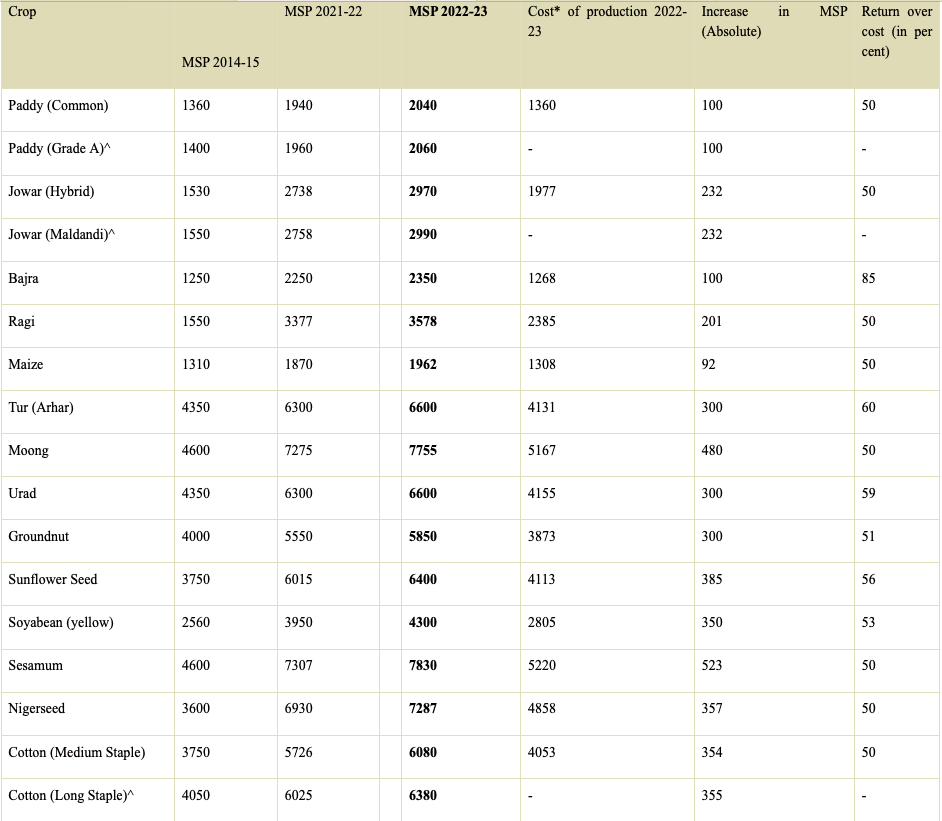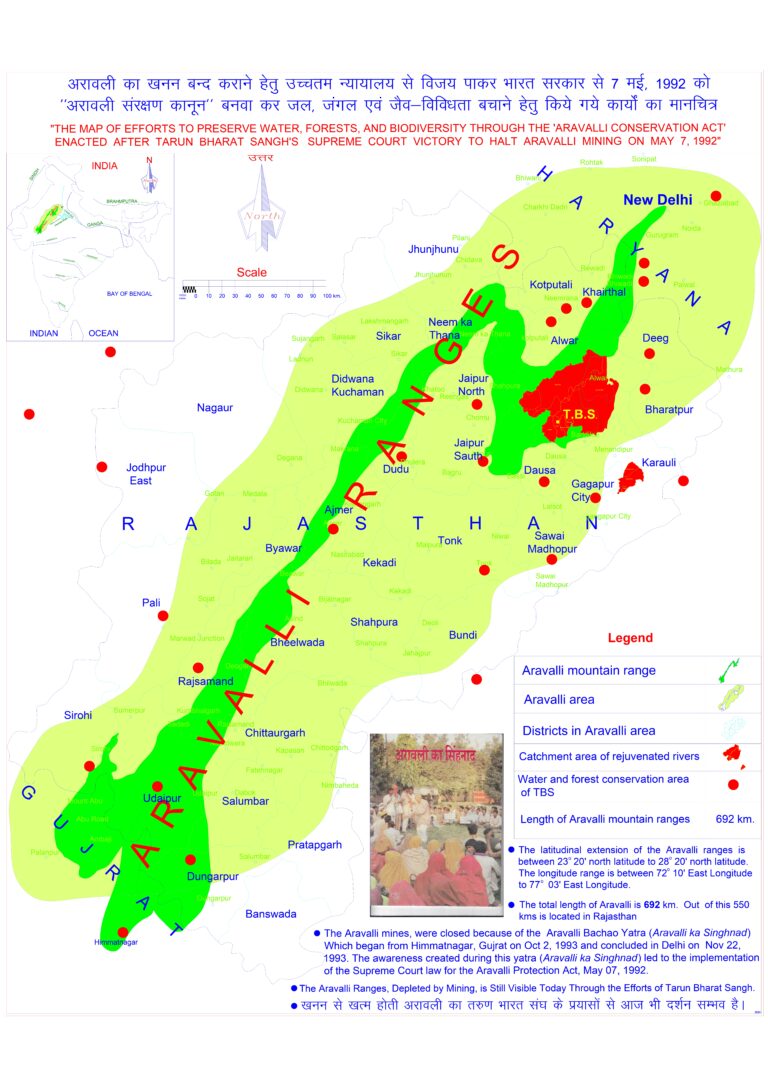
New Delhi: The Cabinet Committee on Economic Affairs (CCEA) today approved the increase in the Minimum Support Prices (MSP) for all mandated Kharif Crops for Marketing Season 2022-23 “to ensure remunerative prices to the growers for their produce and to encourage crop diversification”.
Following are the details of MSP for all Kharif crops for marketing season 2022-23 in ₹ per quintal:

*Refers to cost which includes all paid-out costs such as those incurred on account of hired human labour, bullock labour/machine labour, rent paid for leased in land, expenses incurred on use of material inputs like seeds, fertilizers, manures, irrigation charges, depreciation on implements and farm buildings, interest on working capital, diesel/electricity for the operation of pump sets etc., miscellaneous expenses and imputed value of family labour.
^ Cost data are not separately compiled for Paddy (Grade A), Jowar (Maldandi) and Cotton (Long-staple)
The increase in MSP for Kharif Crops for Marketing Season 2022-23 is in line with the Union Budget 2018-19 announcement of fixing the MSP at a level of at least 50 per cent over the All-India weighted average Cost of Production, aiming at a reasonably fair remuneration for the farmers. It is notable that, the return over MSP for bajra, tur, urad sunflower seed, soybean and groundnut is more than 50 per cent over the All-India weighted average Cost of Production at 85%, 60%, 59%, 56%, 53% and 51% respectively.
Concerted efforts have been made over the last few years to realign the MSP in favour of oilseeds, pulses and coarse cereals to encourage farmers to shift larger areas under these crops and adopt the best technologies and farm practices, to correct the demand-supply imbalance.
As per 3rd Advance Estimates for 2021-22, the production of Foodgrains in the country is estimated at a record 314.51 million tonnes which are higher by 3.77 million tonnes than the production of foodgrain during 2020-21. The production during 2021-22 is higher by 23.80 million tonnes than the previous five years (2016-17 to 2020-21) average production of foodgrains.
– global bihari bureau





